If you have a kid playing youth football, you know the fear of watching them collide on the field and thinking one of those hits will cause a concussion. For years, it’s been thought that younger players are more apt to suffer head injuries than adults.
A new study from Virginia Tech’s Helmet Lab says that’s not the case.
“The youth population athletes have a lower risk of concussion than the adult population for the same given impact,” said Engineering Professor Stefan Duma, founder of the Virginia Tech Helmet Lab, “That lower impact is 40% lower, so pretty dramatically lower.”
Why? For the most part, younger players are not running as fast and hitting as hard as their older counterparts, so there’s a very low rate of concussions.
But it’s not all good news.
“What we’ve found is the biomechanics of those impacts — It takes a lower force or lower acceleration to cause an injury compared to the adult population,” said Duma.
The lab’s findings came after a five-year National Institutes of Health (NIH) funded study, in which they tracked six youth football teams with players ages 9 to 14 years old.
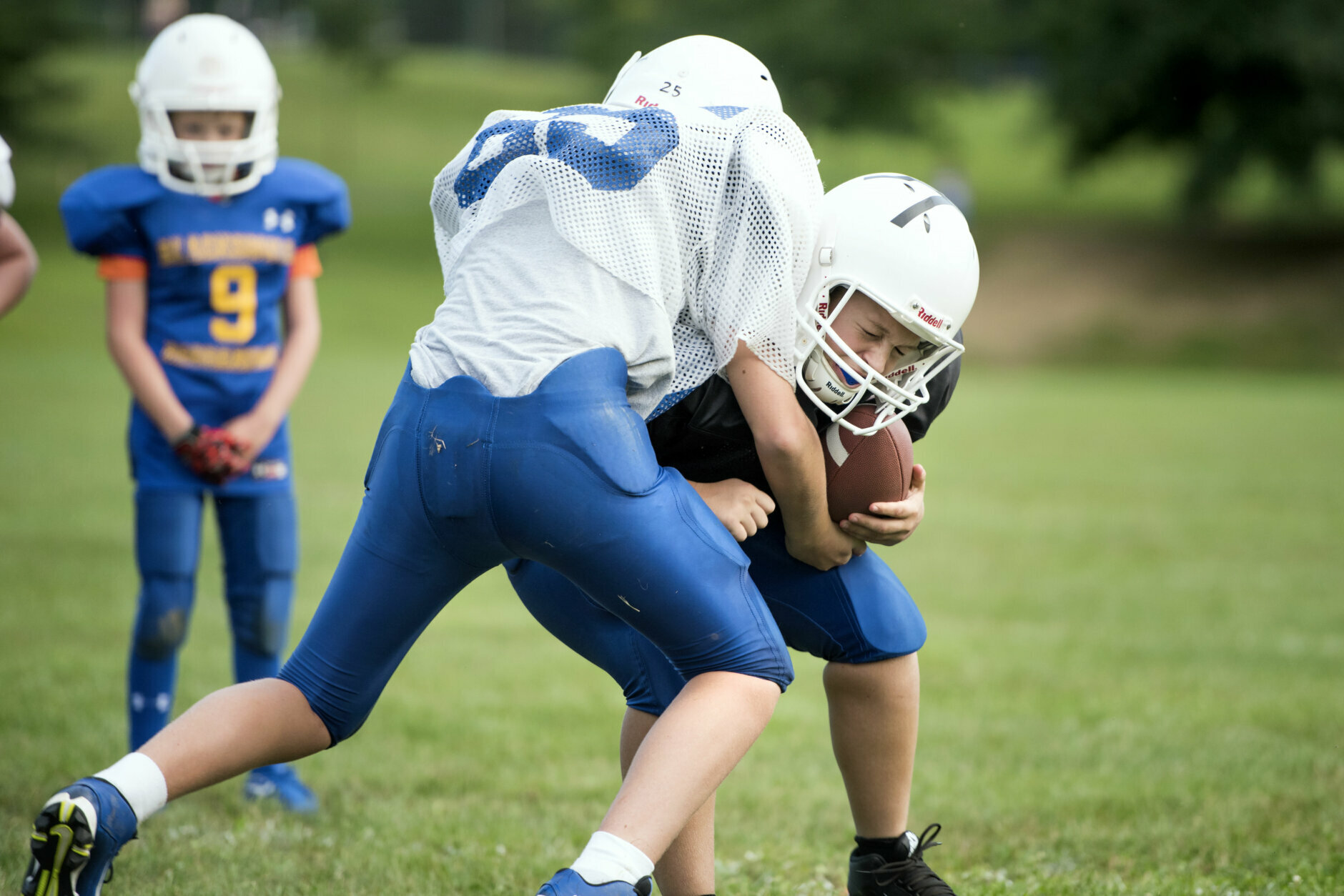
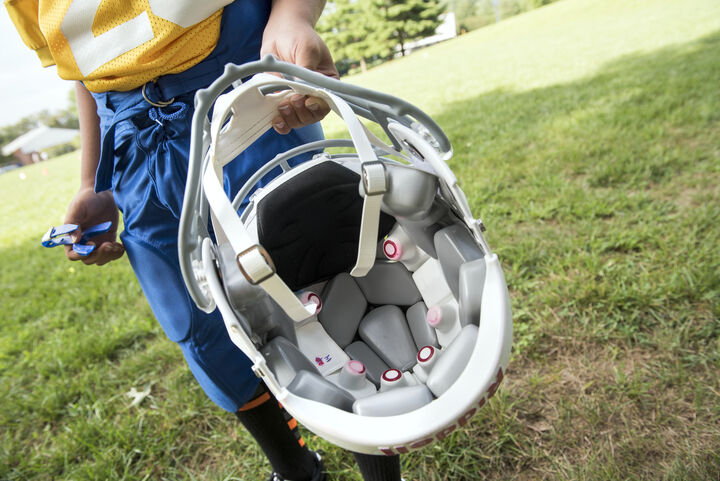
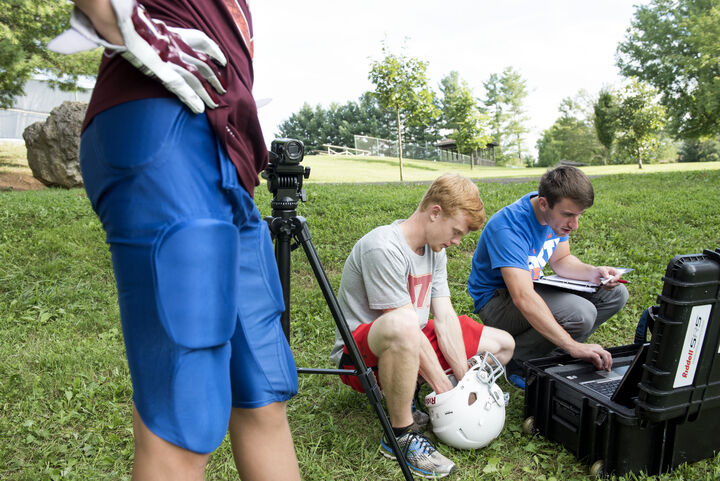
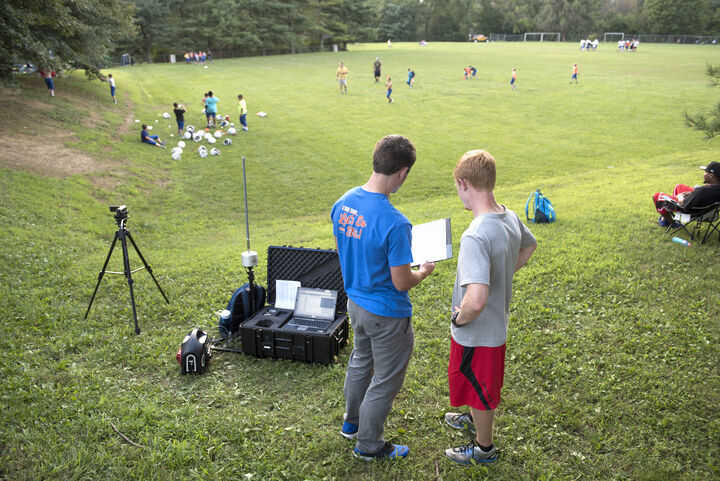
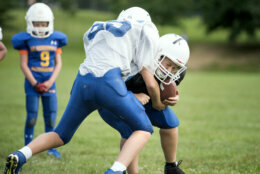
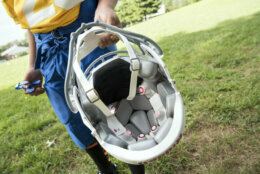


Custom instrumentation in each player’s helmet allowed researchers to measure head impact in practice and games.
“We were able to look at all that data over five years,” said Duma, “That is how we found the risk function that we just published for the first time, showing it takes less head acceleration to cause a concussion in the youth population.”
In terms of long-term impacts and outcomes of those head injuries, they don’t know. That’s one of the next questions they hope to explore.
But the research they have collected is being used to create a youth helmet rating program. It will use the data they gathered to rate helmets in accordance with the impacts kids in various age groups will see.
“Historically, almost all the helmets looked the same,” Duma said. “Now what we’re able to do is use this data to create youth-specific helmet testing procedures. So if you want to go get a helmet for your kid playing football, you can look up our rating system and see which one is the best for the youth population.”








